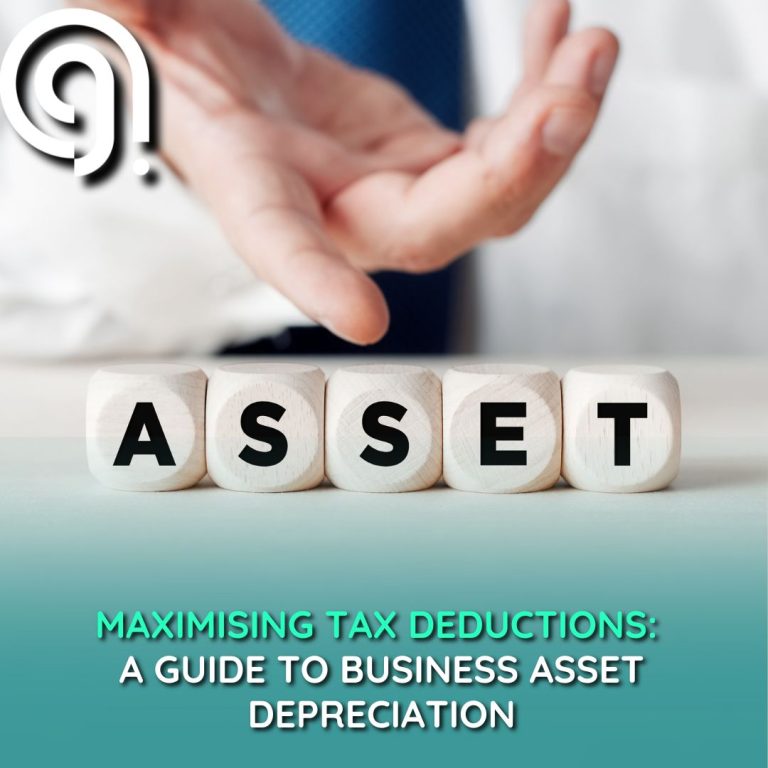Maximising Tax Deductions: A Guide to Business Asset Depreciation
Maximising Tax Deductions: A Guide to Business Asset Depreciation
Depreciation is a critical accounting concept that businesses must understand to optimise tax efficiency and ensure accurate financial reporting. Whether you’re managing a growing enterprise or an established corporation, recognising how depreciation works can help you make informed decisions about asset management and tax deductions.
What Is Depreciation?
Depreciation reflects the reduction in value of a business asset over time. Instead of deducting the entire cost of an asset in the year of purchase, businesses spread the expense across its useful life. This aligns expenses with revenue generation, ensuring a more accurate representation of profitability.
Different methods of depreciation affect tax liabilities and financial statements in distinct ways. The most commonly used methods include:
1. Straight-Line Depreciation
The straight-line method is the simplest and most widely used depreciation technique. It allocates an equal depreciation expense each year, making it ideal for assets with consistent usage patterns. The formula is:
(Cost of Asset – Salvage Value) / Useful Life
For example, if a business purchases equipment for $50,000 with an estimated salvage value of $10,000 and a useful life of 10 years, the annual depreciation expense would be $4,000.
2. Double-Declining Balance (DDB) Method
The DDB method accelerates depreciation, allowing businesses to write off larger expenses in the earlier years of an asset’s life. This approach benefits businesses that rely on technology or equipment that rapidly loses value. The depreciation rate is double that of the straight-line method, making it a useful tax strategy for maximizing deductions upfront.
3. Units-of-Production Method
For businesses with fluctuating asset usage, the units-of-production method offers a flexible depreciation approach. Instead of a fixed annual amount, depreciation is calculated based on actual asset usage. This method is particularly beneficial for manufacturing businesses, as it ties depreciation expenses directly to production output.

How Depreciation Impacts Taxation
Depreciation significantly influences tax liabilities, allowing businesses to lower taxable income by deducting asset depreciation expenses. Depending on your jurisdiction, certain tax laws may offer accelerated depreciation options or bonus depreciation incentives to encourage capital investment. Consulting a professional accounting firm can help businesses leverage depreciation strategies to reduce tax burdens effectively.
Choosing the Right Depreciation Method
Selecting the best depreciation method depends on factors such as asset type, expected usage, and business tax planning objectives. While straight-line depreciation provides simplicity and consistency, accelerated methods like DDB or units-of-production can optimise tax deductions based on asset performance.
Partner with Aero Accounting Group for Expert Guidance
Navigating tax regulations and accounting complexities requires precision and expertise. At Aero Accounting Group, we specialize in strategic depreciation planning to help businesses optimize tax deductions and maintain compliance with global accounting standards.
Contact us today to ensure your business is making the most of depreciation deductions while staying ahead of evolving tax regulations.

Need help?
Not sure if your current accountant is a good long-term fit? Contact us at Aero Accounting Group today and we’ll help you minimise your taxes and maximise your profits





